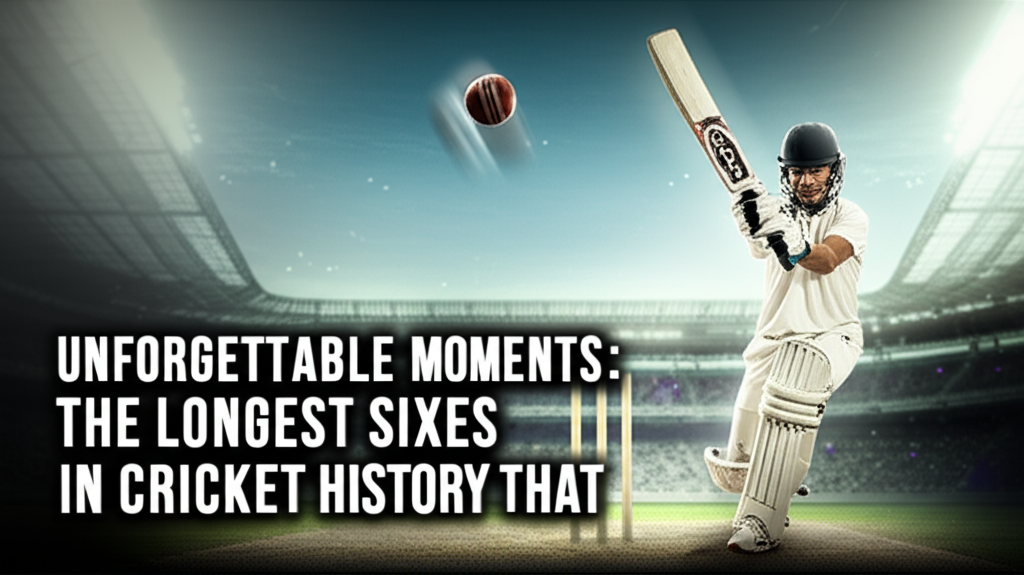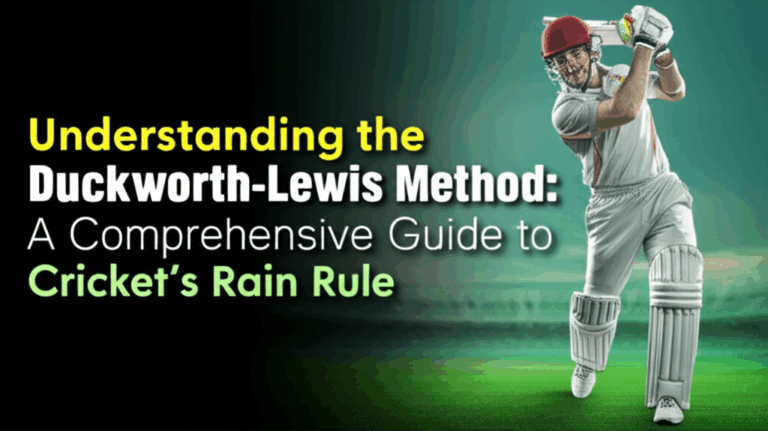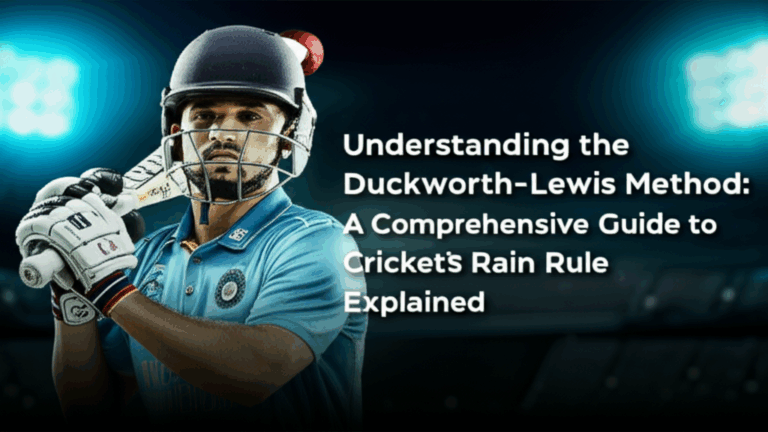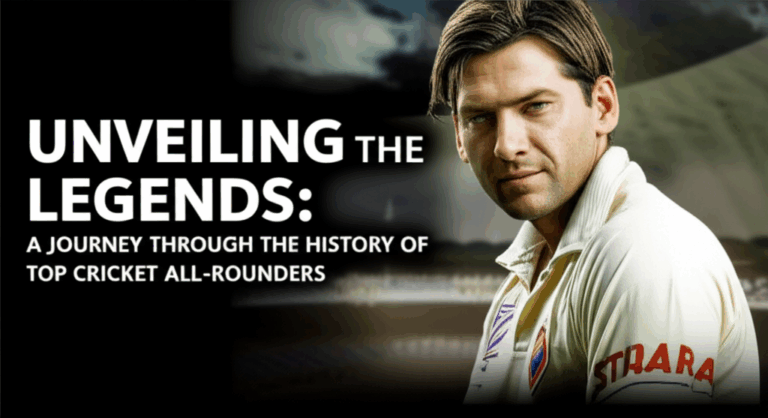
Cricket is not just a game; it’s a passion, a culture, and a spectacle that has given rise to some of the most unforgettable moments in sports history. One of the most exhilarating aspects of the game is the six—a shot that sends the ball soaring over the boundary, leaving fans gasping in awe. But what happens when a player manages to hit a six that defies gravity, traveling further than anyone thought possible? In this article, we will explore the longest sixes in cricket history, dissecting the moments when players transcended the ordinary and left their mark on the game.
As we delve into this fascinating topic, you’ll discover the mechanics behind these monumental hits, the players who made them happen, and the impact these moments had on fans and the sport as a whole. From jaw-dropping distances to the adrenaline-pumping atmosphere of the stadium, we’ll capture the essence of what makes these sixes so special. Get ready to relive the excitement and perhaps even learn a bit about what goes into hitting a six that truly defies gravity.
Understanding the Art of Hitting Sixes
Before we dive into the record-breaking sixes, let’s take a moment to understand what goes into hitting a six. The ability to send a cricket ball over the boundary relies on several critical factors: timing, technique, strength, and, of course, a bit of luck. Each component plays a vital role in determining how far the ball will travel.
Timing and Technique
Perfect timing is essential for a successful six. When a batsman connects with the ball at the right moment, it can lead to a powerful drive that maximizes distance. The technique also matters—whether it’s a classic straight drive, a fierce pull shot, or a lofty lofted drive, each stroke requires precision and practice.
Strength and Power
Strength is another critical factor in achieving distance. Players who can generate more bat speed will typically hit the ball harder, sending it flying further. This is where physical fitness and conditioning come into play, as stronger players can leverage their muscle power to great effect.
Environmental Factors
Finally, environmental conditions such as altitude, wind speed, and humidity can significantly impact the distance a ball travels. For example, hitting a six in a high-altitude stadium like Eden Gardens in Kolkata can result in longer distances due to the thinner air.
The Longest Sixes in Cricket History
Now that we’ve covered the fundamentals, let’s explore some of the longest sixes ever hit in cricket history. These moments are etched in our memories, showcasing the incredible talent and power of the players involved.
Shahid Afridi – 153 Meters
One name that often comes up in conversations about monstrous sixes is Shahid Afridi. The Pakistani all-rounder hit a colossal six measuring 153 meters against South Africa in 2013. The shot not only stunned the crowd but also solidified Afridi’s reputation as one of the game’s most destructive hitters. His ability to clear boundaries with ease made him a fan favorite.
Brett Lee – 143 Meters
When you think of fast bowlers, hitting sixes may not be the first thing that comes to mind. However, Brett Lee, the Australian speedster, proved that he could do it all. He launched a massive six measuring 143 meters against England in a Test match in 2005. Lee’s powerful swing and determination sent the ball soaring into the stands, showcasing that even bowlers can be big hitters.
Martin Guptill – 127 Meters
New Zealand’s Martin Guptill is another name on this prestigious list. Known for his explosive batting style, Guptill hit a six that traveled 127 meters against South Africa during a T20 match in 2012. His ability to time the ball well and generate immense power makes him one of the most feared batsmen in limited-overs cricket.
Chris Gayle – 119 Meters
When it comes to hitting sixes, Chris Gayle is a name that resonates with cricket fans worldwide. The West Indies powerhouse has earned the moniker “Universe Boss” for a reason. He hit a gigantic six measuring 119 meters against India in the T20 World Cup in 2010. Gayle’s effortless power and unique batting style make every shot he plays a spectacle to behold.
Mark Waugh – 120 Meters
Australia’s Mark Waugh may not be as famous for his six-hitting prowess as others on this list, but he certainly made his mark with a 120-meter six against New Zealand in 1997. His elegant batting style was complemented by a powerful swing that could send the ball soaring high and far.
Key Components of Long Sixes
Now that we’ve highlighted some of the legends who have achieved remarkable distances with their sixes, let’s break down what makes these shots possible, focusing on the technical aspects of the game.
Bat Design and Technology
The evolution of bat technology cannot be overlooked. Modern cricket bats are crafted with advanced materials and design features that enhance performance. Lighter, larger, and more powerful bats allow players to generate greater bat speed and, consequently, more distance when they connect with the ball.
Player Conditioning
Today’s cricketers undergo rigorous training to enhance their strength and endurance. Players like Chris Gayle and Shahid Afridi maintain fitness regimes that focus not only on batting but also on overall athleticism, enabling them to hit the ball with greater force. This holistic approach is crucial for sustaining performance in high-pressure situations.
Mindset and Confidence
Mental fortitude plays a significant role in cricket, particularly when it comes to hitting sixes. Players who believe in their ability to clear boundaries often perform better. The psychological aspect of the game cannot be underestimated; confidence can lead to aggressive batting, which is essential for hitting long sixes.
Benefits and Importance of Long Sixes
We’ve established that long sixes are thrilling to watch, but let’s delve into why they are significant in cricket. These moments can shift the momentum of a game, excite fans, and create unforgettable memories. Here are some key benefits:
- Momentum Shift: A long six can change the course of a match, inspiring teammates and demoralizing opponents.
- Fan Engagement: Spectacular sixes draw crowds and create an electric atmosphere, enhancing the overall experience of the game.
- Record-Breaking Moments: Players who hit long sixes often etch their names in the record books, securing their legacy in cricket history.
- Inspiration for Young Players: Young cricketers look up to those who can hit massive sixes, motivating the next generation to emulate their heroes.
Practical Applications for Aspiring Cricketers
If you’re an aspiring cricketer looking to improve your six-hitting skills, here are some practical tips you can apply:
Practice Your Timing
Work on your timing by practicing with a partner or using a bowling machine. Focus on connecting with the ball at the sweet spot of the bat to maximize distance.
Strength Training
Incorporate strength training into your fitness routine. Exercises that target your core, arms, and legs will help you generate more power when swinging the bat.
Study the Greats
Watch videos of legendary players like Afridi, Gayle, and Guptill. Analyze their techniques, footwork, and swing to learn what makes them successful hitters.
Mental Conditioning
Develop a positive mindset by visualizing yourself hitting sixes. Mental rehearsal can boost your confidence and help you perform under pressure.
Frequently Asked Questions
What is the longest six hit in cricket history?
The longest six recorded in cricket history is attributed to Shahid Afridi, who struck a massive six measuring 153 meters against South Africa in 2013. This remarkable feat has become legendary among cricket fans.
How does bat technology influence six hitting?
Modern bat technology has significantly evolved, with innovations allowing for lighter and stronger bats. These advancements help players generate more speed and power, which can contribute to hitting longer sixes. Bats today are designed with larger sweet spots, making it easier to connect the ball for maximum distance.
Why are sixes important in cricket?
Sixes are crucial in cricket as they can change the momentum of a game, energize fans, and create memorable moments. They often lead to quick runs, which can be pivotal in limited-overs formats. Additionally, iconic sixes contribute to a player’s legacy, making them memorable in the annals of cricket history.
Can anyone learn to hit long sixes?
Yes, while natural talent plays a role, anyone can learn to hit long sixes with practice and dedication. Focusing on technique, strength training, and mental conditioning can help aspiring cricketers develop their skills and increase their chances of hitting sixes.
Who are some other notable six hitters in cricket?
In addition to Shahid Afridi and Chris Gayle, other notable six hitters include MS Dhoni, Yuvraj Singh, and Virat Kohli. Each has made a name for themselves with their ability to clear boundaries, often in high-pressure situations.
What role does pitch condition play in hitting sixes?
Pitch conditions can significantly affect how well a batsman can hit sixes. A dry, hard pitch allows the ball to bounce higher, making it easier to connect for distance. Conversely, a damp or soft pitch may hinder the ball’s bounce, making it more challenging to achieve long hits.
Conclusion
The longest sixes in cricket history are more than just numbers; they represent moments of sheer brilliance and excitement that resonate with fans across the globe. From Shahid Afridi’s record-breaking hit to Chris Gayle’s explosive power, these players have shown us what is possible when skill, strength, and timing align.
As we revel in the memories of these unforgettable moments, it’s essential to recognize the hard work and dedication that goes into becoming a great cricketer. Whether you’re a fan or an aspiring player, let these stories inspire you to push your boundaries and strive for greatness in your own cricketing journey.
Now, I invite you to share your favorite cricket moments or any experiences you’ve had while playing or watching the game. Let’s keep the conversation going and celebrate the magic of cricket together!






